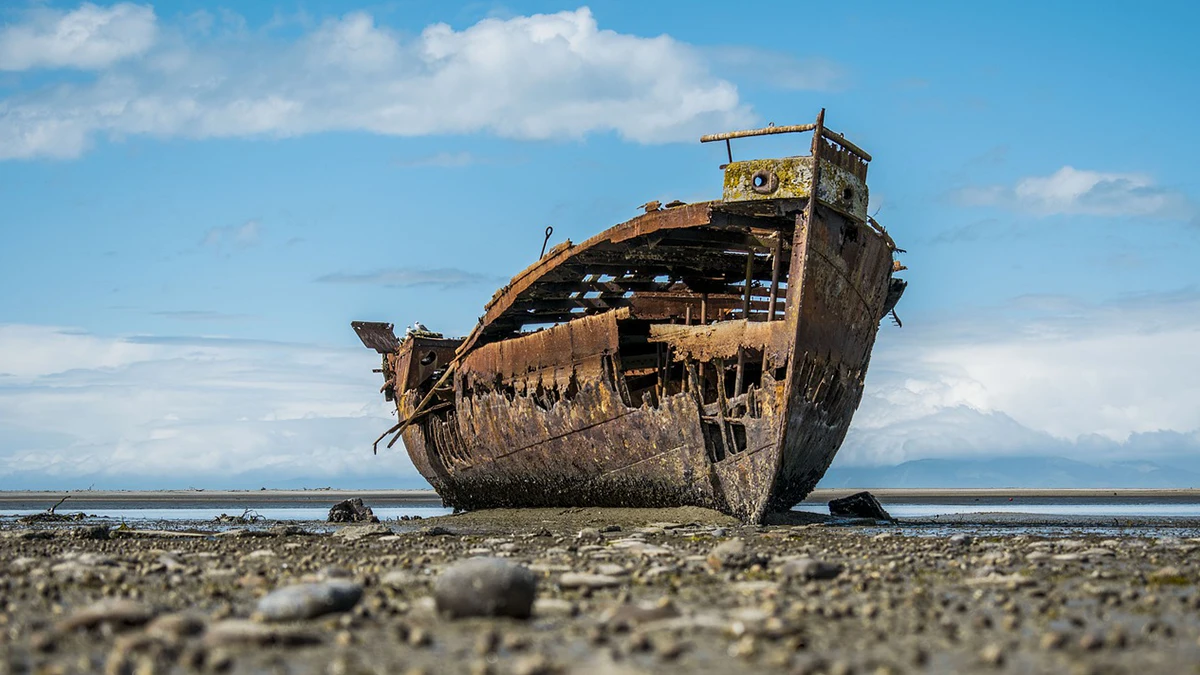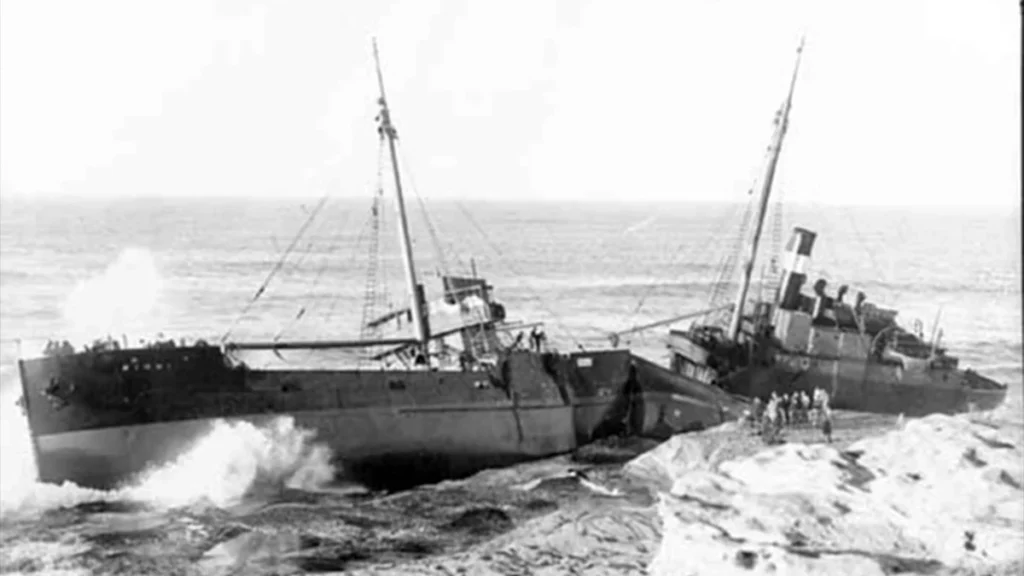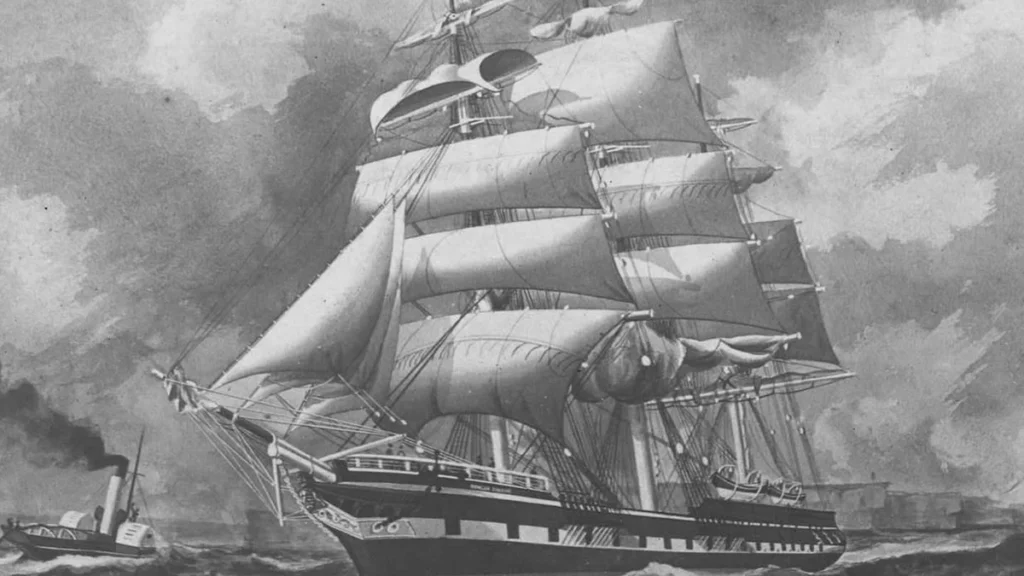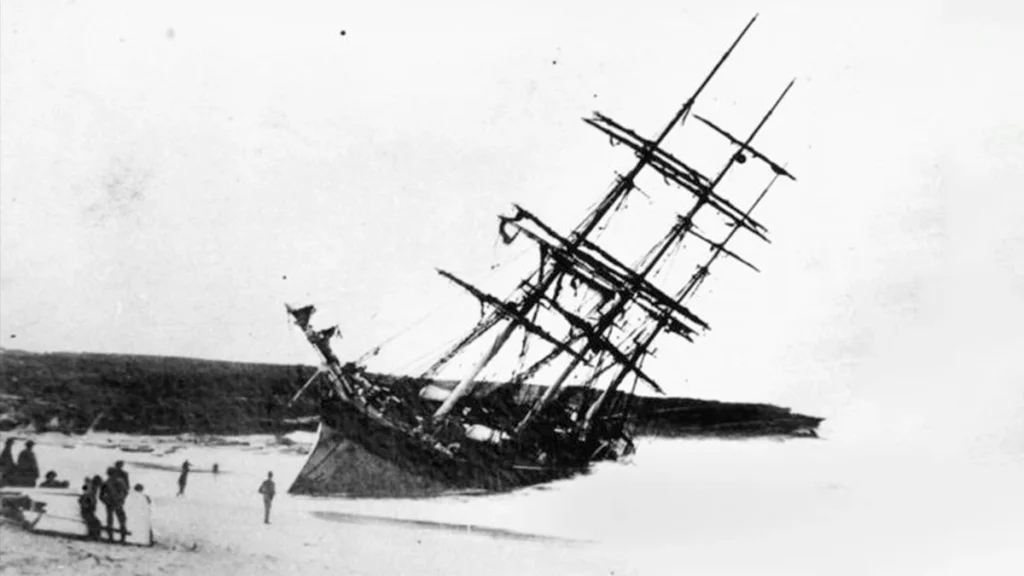Shipwrecks of NSW: Diving into History’s Depths

Embark on an exhilarating underwater adventure as we dive into the depths of New South Wales’ maritime history, exploring the captivating stories behind the shipwrecks scattered along its coastline and uncovering the secrets of these submerged time capsules.
The coastline of New South Wales is rich with maritime history, dotted with the remnants of ships that met their fate on its rugged shores. These shipwrecks serve as time capsules, offering a glimpse into the past and the stories of those who sailed these treacherous waters. From tragic tales of loss to stories of survival and heroism, the shipwrecks of NSW intrigue divers and history enthusiasts alike. Join us as we dive into the depths of history and explore the fascinating world of NSW’s shipwrecks, including information on their stories, diving permits and regulations, and responsible diving practices to preserve these underwater treasures.
The SS Minmi: The SS Minmi was a steamship that sank off the coast of Newcastle in 1937 after colliding with a collier in heavy fog. Today, the wreck lies in shallow waters just offshore, making it accessible to divers of all experience levels. Explore the remains of the ship’s hull, machinery, and cargo as you uncover the story of its tragic demise. Divers are reminded to obtain the necessary permits and adhere to local regulations when diving on the SS Minmi to ensure the preservation of this historic wreck.

The Dunbar: The Dunbar was a clipper ship that ran aground on the cliffs of South Head in 1857, resulting in one of Australia’s worst maritime disasters. Of the 122 passengers and crew on board, only one survived the wreck. Today, the remains of the Dunbar lie scattered along the ocean floor, serving as a sombre reminder of the perils of the sea. Divers interested in exploring the wreck of the Dunbar should obtain the required permits and exercise caution due to the strong currents and exposed location.

The Hereward: The Hereward was a steel-hulled sailing ship that ran aground on Maroubra Beach in 1898 during a violent storm. Despite efforts to refloat the vessel, the Hereward eventually broke apart and sank, leaving behind scattered wreckage that is still visible at low tide. Divers can explore the remains of the Hereward, including sections of the hull, anchors, and other artefacts, while learning about the events that led to its demise. Due to the exposed location and changing tides, divers should exercise caution and obtain the necessary permits before diving on the wreck of the Hereward.

Responsible Diving Practices: When diving on shipwrecks in NSW, it’s important for divers to practise responsible diving practices to ensure the preservation of these historic sites. Obtain the necessary permits and permissions before diving on wrecks, and adhere to any regulations or restrictions in place to protect the wreck and its surrounding environment. Respect the wreck as a historical artefact and refrain from disturbing or removing any artefacts or marine life. By practising responsible diving practices, divers
can help preserve these underwater time capsules for future generations to explore and appreciate. In conclusion, the shipwrecks of New South Wales offer a fascinating glimpse into the region’s maritime history, with each wreck telling its own unique story of tragedy, adventure, and resilience. By exploring these underwater treasures with care and respect, divers can uncover the mysteries of the past while ensuring the preservation of these historic sites for generations to come. So dive in and discover the secrets hidden beneath the waves of NSW’s coastline.
Enjoyed this post? Try these!
NSW’s Top Fishing Spots Accessible by Boat
Let’s unveil the top fishing spots accessible by boat, guiding you to the prime locations where you can cast a line and reel in a delicious feed.
Biosecurity for Boaties
Learn how to safeguard New South Wales’ pristine waters from invasive species as we delve into biosecurity measures for the average boater!
Navigating the Hawkesbury River by Boat
Embark on a captivating historical journey through New South Wales as we navigate the storied waters of the Hawkesbury River by boat.
What to Do If You’re in a Boating Accident
Boating accidents can happen even to the best prepared skippers, so it’s important you know what to do if one occurs with your vessel.
Water Skiing Tips for a Thrilling Experience in NSW
Water skiing is some of the best fun on the water but it comes with it’s fair share of safety considerations.
Continue Reading Water Skiing Tips for a Thrilling Experience in NSW
Knot Your Average Terms: A Hilarious Guide to Boating Terminology
Why did the boat go to therapy? Because it had too many deep-sea issues to navigate on its own.
Continue Reading Knot Your Average Terms: A Hilarious Guide to Boating Terminology





